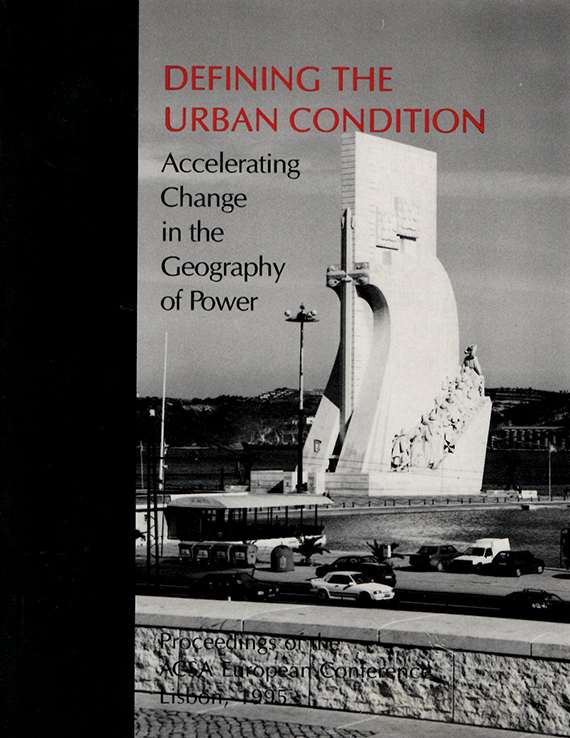Author(s): Robert Weddle
In the first half of the 1930’s, construction began on an illfated housing development to the northeast of Paris, called the Cite de la Muette. The design and construction of this development, as well as its eventual failure, marked an important turning-point in French conceptions of collective housing. Shortly after work was underway on the Cite, when descriptions of it began to appear in architectural journals, it became clear that this was to be a model for a distinctly new type of suburban community. The Cite, according to its promoters, would combine the most modem forms and materials, production techniques, and domestic conveniences to create attractive, inexpensive, and efficient housing.
https://doi.org/10.35483/ACSA.Intl.1995.30
Volume Editors
John K. Edwards

 Study Architecture
Study Architecture  ProPEL
ProPEL 
